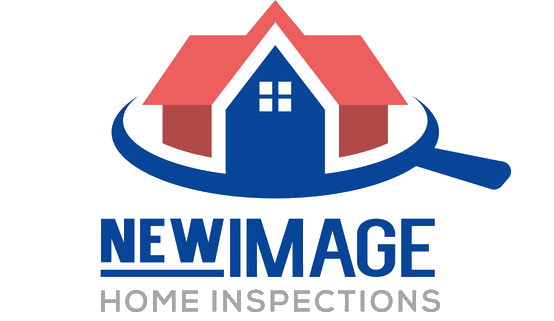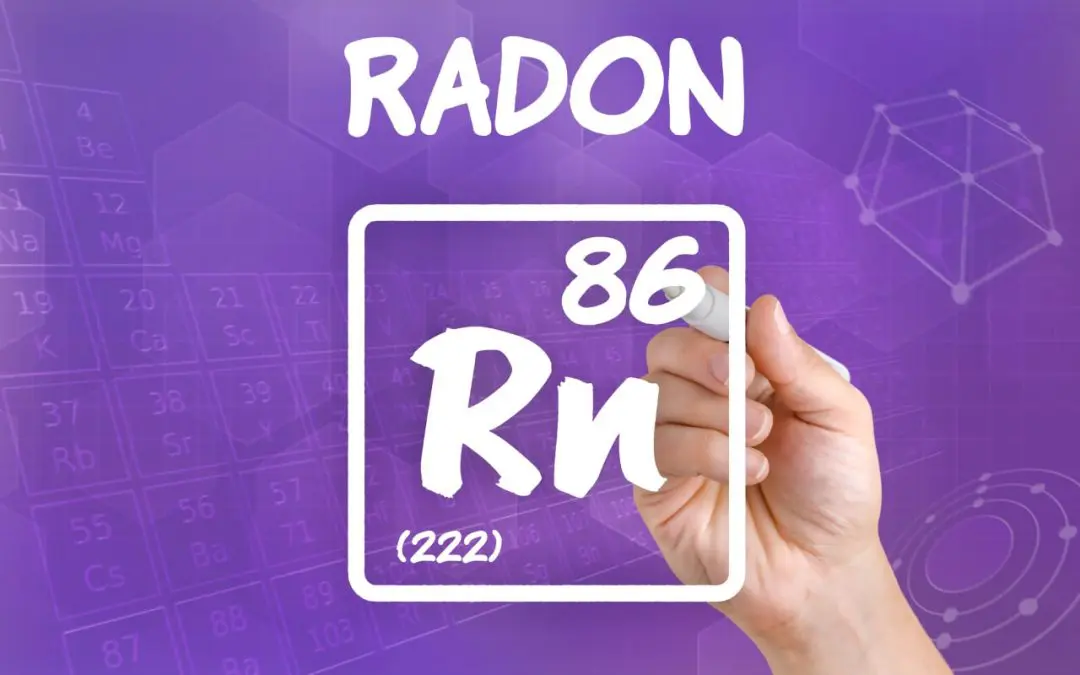Radon is a naturally occurring radioactive gas that forms when uranium in soil, rock, or water breaks down over time. Colorless, odorless, and tasteless, radon could seep into homes through cracks in foundations, gaps around pipes, or openings in walls. Because it is undetectable without testing, many homeowners remain unaware of its presence. Long-term exposure to elevated radon levels is the second leading cause of lung cancer in the United States, making awareness and action critical. Understanding radon in the home is the first step toward protecting your family and creating a safe living environment.
How Radon Enters Your Home
Radon moves upward through soil and rock, eventually entering the air inside your home. Lower levels of a house, such as basements or crawl spaces, are particularly prone to accumulation because radon is heavier than normal air. Homes with slab-on-grade foundations or older structures with unsealed cracks and gaps are more likely to experience elevated levels. Seasonal changes and variations in air pressure may also affect radon concentrations, meaning levels can fluctuate throughout the year. By understanding how radon enters the home, homeowners can take targeted steps to reduce exposure.
Health Risks Associated with Radon in the Home
Exposure to radon over time could have serious health consequences. According to the Environmental Protection Agency (EPA), radon is responsible for thousands of lung cancer deaths annually, second only to smoking. Radon exposure does not produce immediate symptoms, so people may unknowingly live in high-radon environments for years. Children, smokers, and individuals with respiratory conditions are especially vulnerable. The invisible nature of radon underscores the importance of testing and mitigation; these steps are the only way to truly know if your home is safe.
Testing for Radon in the Home
Testing is the critical first step in addressing radon in the home. Homeowners may choose between short-term and long-term radon tests. Short-term tests, typically lasting two to seven days, provide a quick snapshot of radon levels. Long-term tests, which last three months to a year, offer a more accurate representation of average radon exposure. For the most reliable results, hiring a certified home inspector with radon training is recommended. Professionals will strategically place detectors, interpret results, and advise on the best mitigation approach. Knowing your radon levels empowers you to make informed decisions about your home’s safety.
Mitigating Radon in the Home
If testing reveals elevated radon levels, mitigation is necessary to protect your family. Certified professionals typically use methods such as active soil depressurization, which involves venting radon from beneath the foundation directly outside, preventing it from entering living spaces. Sealing foundation cracks and other entry points will improve the system’s effectiveness. Proper ventilation throughout the home also reduces radon accumulation. These mitigation strategies not only lower radon levels but also create a healthier indoor environment, giving homeowners peace of mind.
Preventing Radon Exposure for Future Safety
Monitoring radon levels does not end after mitigation. Periodic testing guarantees that installed systems are functioning properly and that radon concentrations remain low. For those building or purchasing a new home, radon-resistant construction techniques are increasingly recommended. These might include gas-permeable layers beneath the foundation, sealed entry points, and integrated venting systems. Planning ahead with radon prevention in mind protects both health and property value, making it a wise investment for any homeowner.
The Importance of Professional Assistance
While DIY kits exist, working with certified radon professionals guarantees that testing and mitigation are accurate and safe. Professionals are trained to identify high-risk areas, design effective mitigation systems, and verify post-installation results. Common methods, like active soil depressurization, require precise fan placement, pipe routing, and sealing techniques. Incorrect installation might render a system ineffective, leaving your family at risk. Professionals also provide ongoing maintenance guidance and follow-up testing to ensure long-term safety. In real estate transactions, a certified mitigation system or recent professional radon report could increase buyer confidence and streamline processes with lenders or insurers. Professional guidance ultimately protects your home, health, and investment.
FAQs
What is a safe level of radon in the home?
The EPA recommends action if radon levels exceed 4 picocuries per liter (pCi/L). Levels below this are safer, though lower is always better.
How often should I test for radon in the home?
Testing every two years is recommended, or immediately after major renovations that affect the foundation or ventilation.
Can radon be detected without testing?
No. Radon is odorless, colorless, and tasteless. Testing is the only reliable way to measure it.
How much does radon mitigation cost?
Costs vary based on the home and system needed but typically range from $1,200 to $2,500.
Is radon a concern in all homes?
Radon could occur in any home, regardless of age or location. Testing is essential to know your risk.
New Image Home Inspections offers home inspections to homebuyers in upstate South Carolina. Contact us to request our services.

